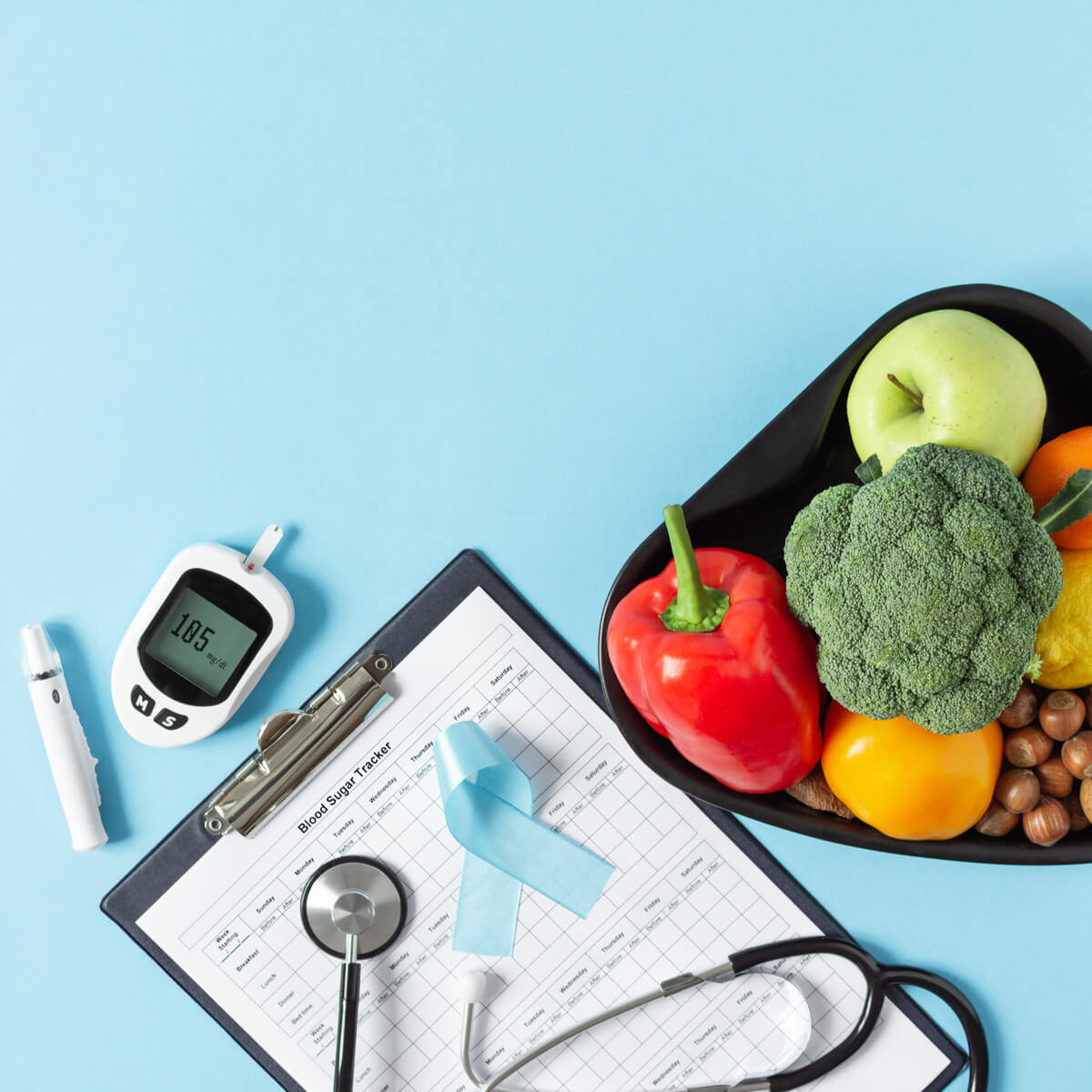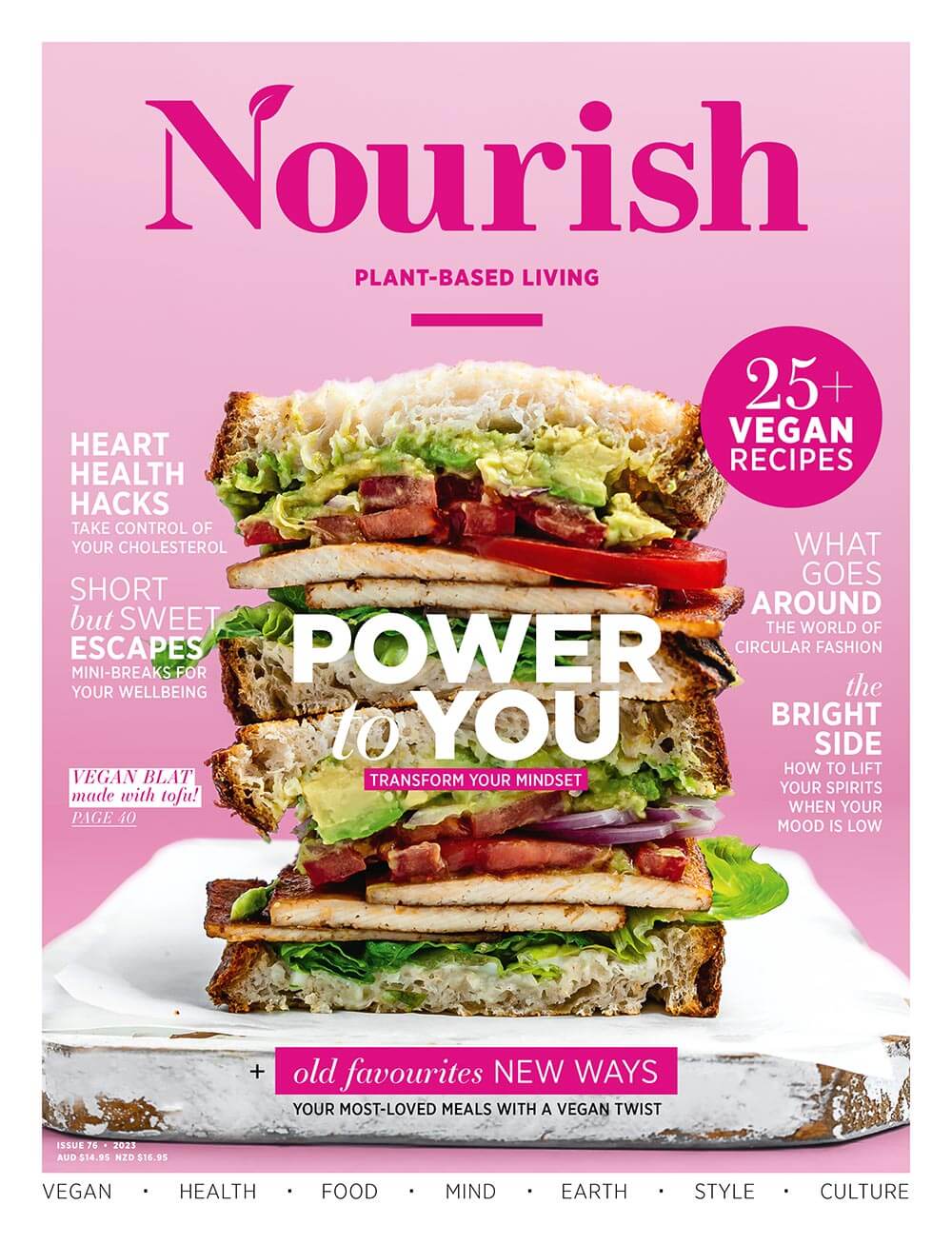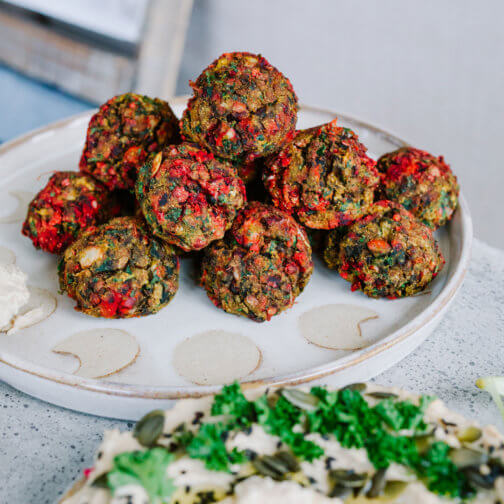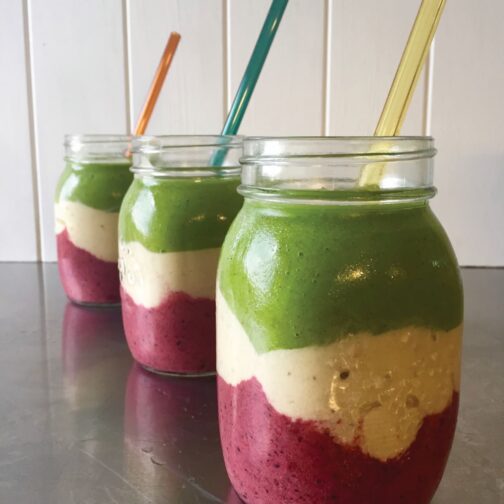
You can reduce your risk of developing type 2 diabetes through simple lifestyle interventions.
Diabetes has been called the epidemic of the 21st century. It’s the fastest-growing condition in Australia and is projected to increase by a whopping 70–90 percent over the next 20 years in New Zealand. Worldwide, over 90 percent of those who suffer with diabetes have type 2 diabetes, which is largely lifestyle related.
According to Diabetes Australia, type 2 diabetes occurs when the pancreas does not produce enough insulin, the insulin does not work effectively, or the cells of the body do not respond to the insulin effectively, known as insulin resistance. But why is this a problem?
When we eat carbohydrate foods, it is broken down to simple sugars, or glucose. This glucose must be moved out of our blood stream and into our cells so our body can use it for energy and our blood sugars return to normal. Insulin released from our pancreas acts as the key that allows the glucose to move from our bloodstream into our cells. So, in the case of type 2 diabetes, the key is there but the lock doesn’t work properly, and the glucose remains in the blood stream.
Untreated type 2 diabetes can result in complications such as cardiovascular disease, damage to the eyes, nerves, liver, and digestive systems, along with the risk for impaired cognition and poor mental health.
What you eat matters
For decades, it was believed that carbohydrate foods were the primary cause of diabetes. However, the sugars found in carbohydrate foods do not lead to insulin resistance, rather a build-up of microscopic fat particles inside muscle and liver cells do. This fat is what blocks the insulin from moving into the cells from the blood. Reducing the intake of fatty foods, and particularly those containing trans fats and saturated fats, can help prevent the development of diabetes. This is where avoiding animal products and highly processed foods comes in.
It is also important to limit refined carbohydrates and processed sugars as these can cause fluctuating blood glucose levels due to the rush of glucose into the bloodstream all at once. These foods include white bread, white rice, bagels, lollies, soft drinks, condiments, certain sauces, fruit juices, smoothies, and cakes.
If you are insulin resistant, or simply want to eat in a way to prevent type 2 diabetes, fill your plate with healthy whole plant foods.
- A quarter of your plate should be healthy grains or starches such as doongara or brown basmati rice, wholewheat pasta, quinoa, rolled oats, bulgur, corn, barley, and wholegrain bread.
- Another quarter of your plate should contain plant-based protein such as beans, lentils, tofu, or tempeh.
- The remaining half of your plate should contain non-starchy vegetables such as carrots, broccoli, green beans, cabbage, capsicum, zucchini, onions, leafy greens, and Brussels sprouts.
- Fresh fruit is a great dessert choice while water is better than other beverages.

Prevention through plant power
Studies have found that a plant-based diet is one of the most effective strategies in preventing type 2 diabetes. Key food groups such as fruits, vegetables, wholegrains, legumes, nuts, and seeds have all been shown to be protective against diabetes. Also, a healthy, well balanced plant-based diet helps reduce the risk of excess weight gain, which may be a risk factor for diabetes.
A 2019 JAMA study including over 300,000 participants found that individuals who consumed a mostly plant-based diet reduced their risk of diabetes by 23 percent, but those who chose to eat healthier plant-based options had their risk reduced by 30 percent. In contrast, a meta-analysis from three cohorts, including The Harvard Women’s Study, the Nurses’ Health Study, and Health Professionals Follow Up Study involving over 200,000 participants, found that women who ate the most meat had the highest risk for type 2 diabetes. Red meat, processed meat, and fish were all associated with an increased risk. Another significant study known as the Adventist Health Study 2 found that vegans had half the rate of type 2 diabetes compared with non-vegetarians, even after adjusting for BMI and other variables. The risk continued to decrease with each reduction of animal products.
***
Top tips for managing blood sugar
|


























